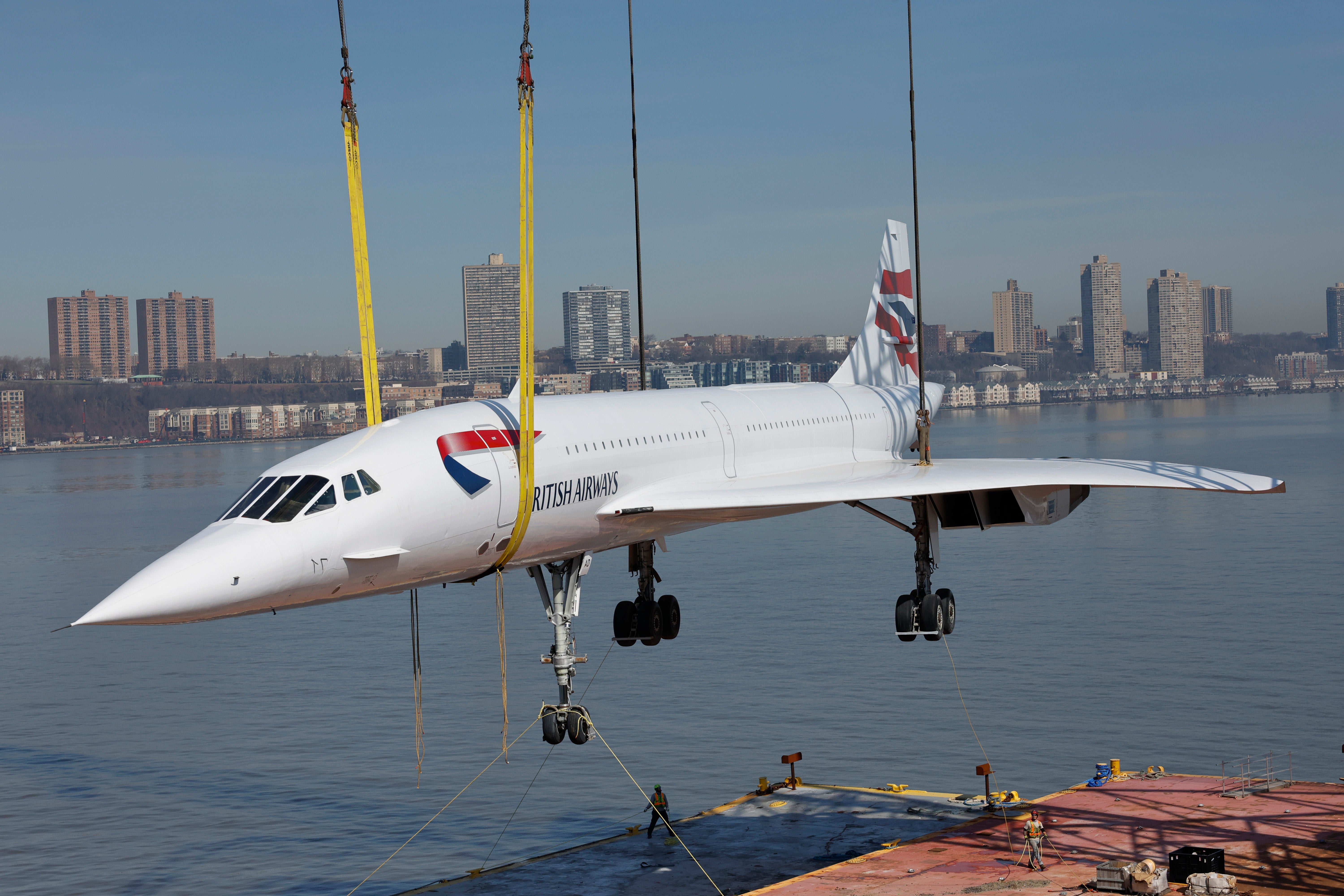NASA’s supersonic jet X-59 soared through California’s skies this week, in its first successful test flight, potentially marking another step toward faster commercial air travel.
NASA, alongside defense and aerospace contractor Lockheed Martin, led X-59’s first test flight. X-59 took off from Lockheed Martin Skunk Works’ facility in Palmdale, California, before safely landing about 30 miles away near NASA’s Armstrong Flight Research Center in Edwards, California, according to a statement from Lockheed Martin.
The “quiet supersonic aircraft” performed “exactly as planned,” according to the statement.
Only one crew member was on board for this week’s test flight, Reuters reports. But X-59 could pave the way for “a new generation of supersonic aircraft that can efficiently and sustainably transport passengers and cargo twice as fast as aircraft today,” the company said.
Restrictions due to noise concerns are a big barrier to supersonic commercial travel, according to Lockheed Martin. But X-59 could overcome this, with its ability to fly at supersonic speeds while reducing the “sonic boom to a gentle thump,” the company said.
These tests are set to continue in the coming months, and will include X-59’s first supersonic flights, during which the jet will “achieve the optimal speed and altitude for a quiet boom,” the statement said.
Transportation Secretary and acting NASA Administrator Sean Duffy called the jet a “symbol of American ingenuity.”
“The American spirit knows no bounds,” Duffy said in a statement. “It’s part of our DNA – the desire to go farther, faster, and even quieter than anyone has ever gone before. This work sustains America’s place as the leader in aviation and has the potential to change the way the public flies.”
This week’s test flight comes after President Donald Trump signed an executive order in June, which requires the Federal Aviation Administration to end the long-standing ban on supersonic flights over the U.S. Officials initially banned supersonic flight over concerns about the disruptive noise.
X-59 will be used to collect “community response data” on the acceptability of the aircraft’s sonic boom, according to Lockheed Martin’s website. This data will then “help NASA provide regulators with the information needed to establish an acceptable commercial supersonic noise standard to lift the ban on commercial supersonic travel over land,” the website says.
Jets have been able to fly at supersonic speeds since the 1940s. The supersonic jet Concorde flew commercially starting in the 1970s, operating through British Airways and Air France. Concorde was much larger than X-59, and far louder, Newsweek reports.

The Concorde made its last commercial flight in 2003 three years after a deadly crash.
On July 25, 2000, Air France was set to fly the jet to New York — but after the jet ran over a piece of debris on the runway, one of its tires blew up, sending debris into one of the wings and rupturing a fuel tank. The jet then crashed near the French village of Gonesse.
The crash killed all 109 passengers and crew members on board as well as four people on the ground.

